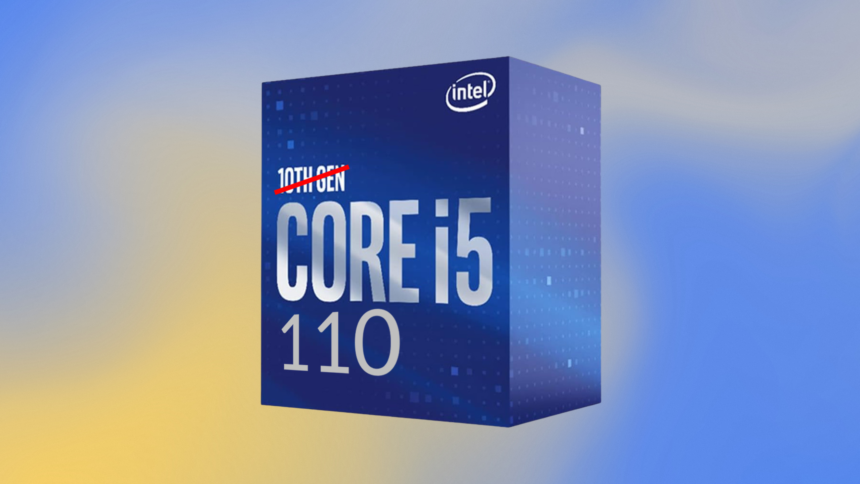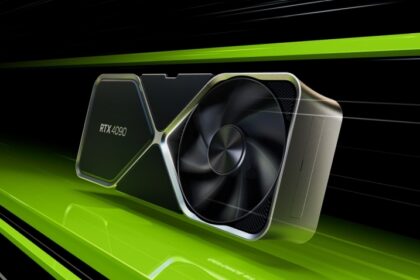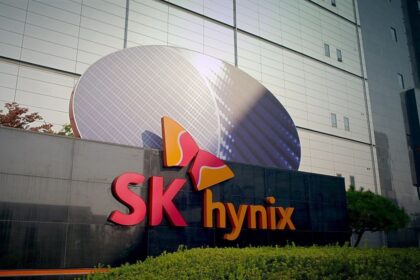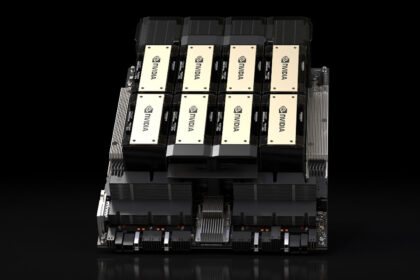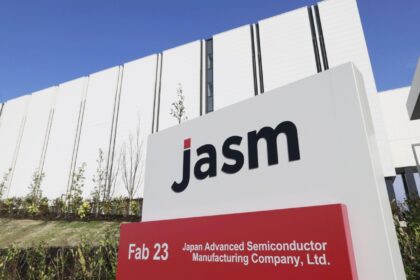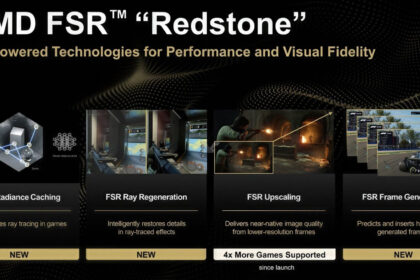Intel is rolling out a fresh entry-level processor in 2025—but don’t be fooled by the name. The Core i5-110 may sound like a modern Meteor Lake part, but under the heat spreader, it’s actually Comet Lake silicon—the same 10th-gen architecture Intel released nearly five years ago, itself based on the 2015-era Skylake 14nm process.
For those who remember, Intel struggled throughout the late 2010s to deliver a reliable 10nm process. The result was years of stretching the Skylake design, iterating on the same 14nm platform far longer than intended. Comet Lake was one of the last big stops on that journey, and now, in 2025, it’s unexpectedly being revived.
The Specs (and the Problem)
On paper, the Core i5-110 offers:
- 6 cores / 12 threads
- Up to 4.3 GHz boost clock
- DDR4 support (officially up to 2666 MHz)
- LGA 1200 socket compatibility
That’s basically a re-skinned Core i5-10400, now sold at $200. At that price, it’s going head-to-head with AMD’s Ryzen 5 9600X, which offers a far more modern architecture, higher clock speeds, and better efficiency.
Even within Intel’s own lineup, the positioning looks odd. The Core Ultra 225—with 10 cores and close to 5 GHz clocks—would crush the i5-110 in performance while landing in the same general price bracket.
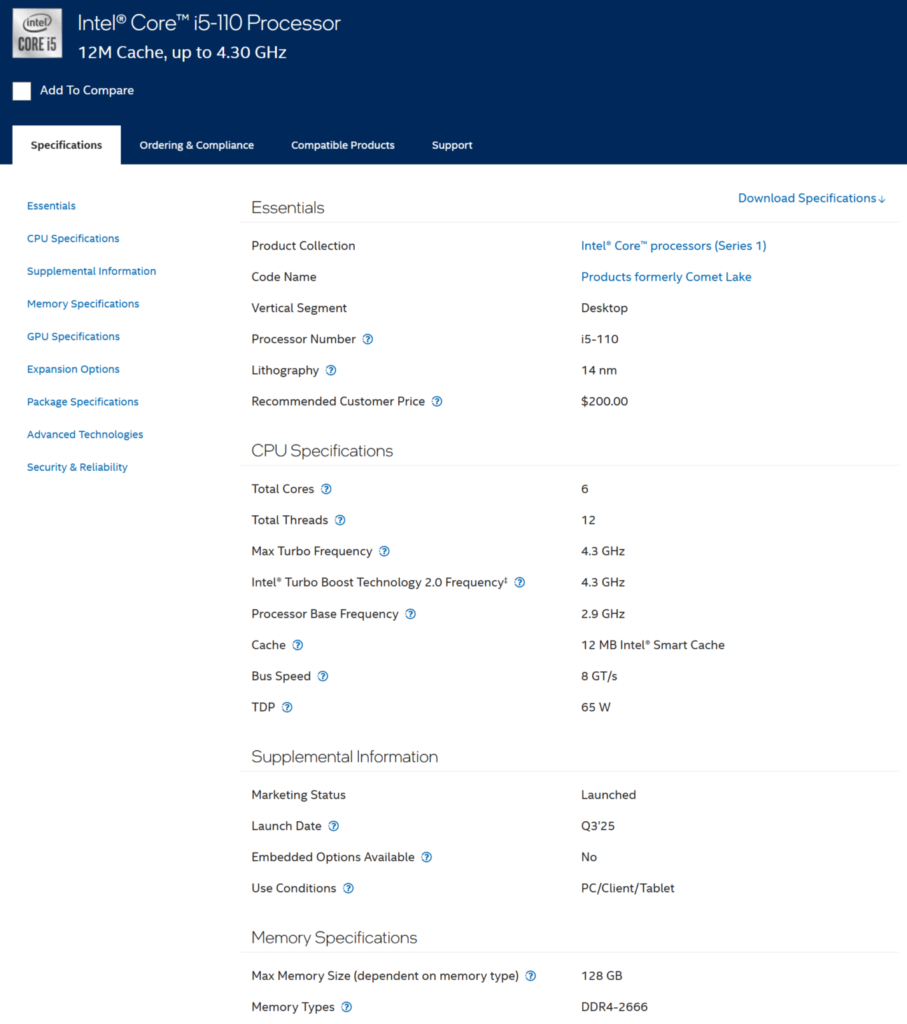
Who Is This For?
The only real audience might be owners of older LGA 1200 motherboards who want a drop-in “upgrade.” But even then, at $200, putting that money toward a platform refresh would be a smarter long-term move. Unless you’re still on a weak 9th-gen chip, the i5-110 won’t feel like much of a step forward.
This launch also deepens Intel’s naming mess. The company had recently tried to simplify things with the Core Ultra branding, yet here comes a legacy Skylake-based chip wearing a modern-sounding badge. For buyers, that only adds to the confusion.
Whether Intel is clearing out old stock or simply filling a low-end gap, the Core i5-110 feels misplaced in 2025. With far better CPUs available at similar prices—both from AMD and Intel itself—it’s hard to see this chip as anything but an odd footnote in Intel’s product history.

